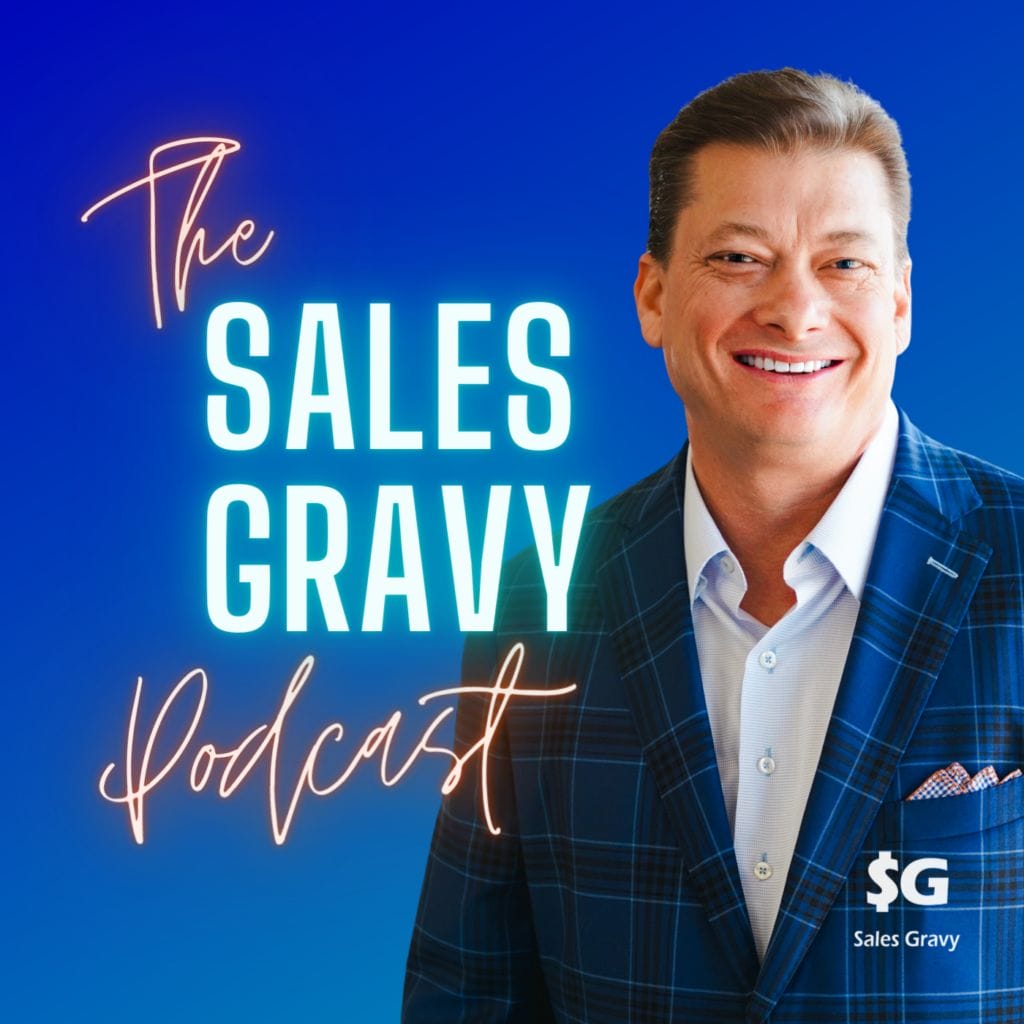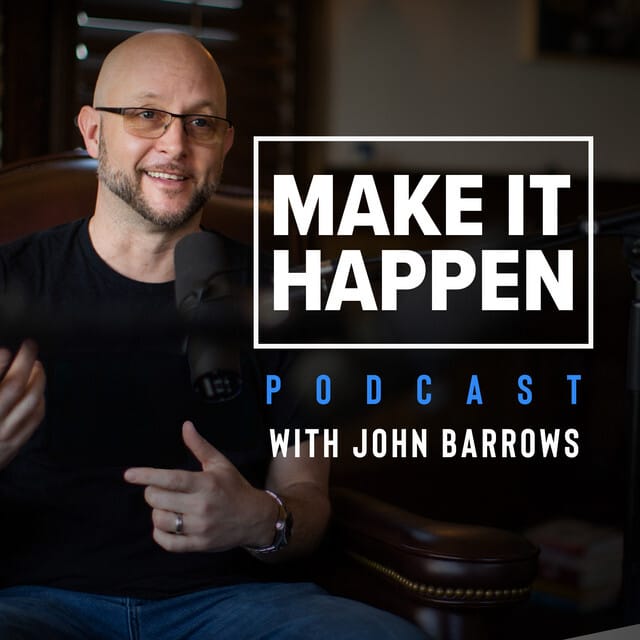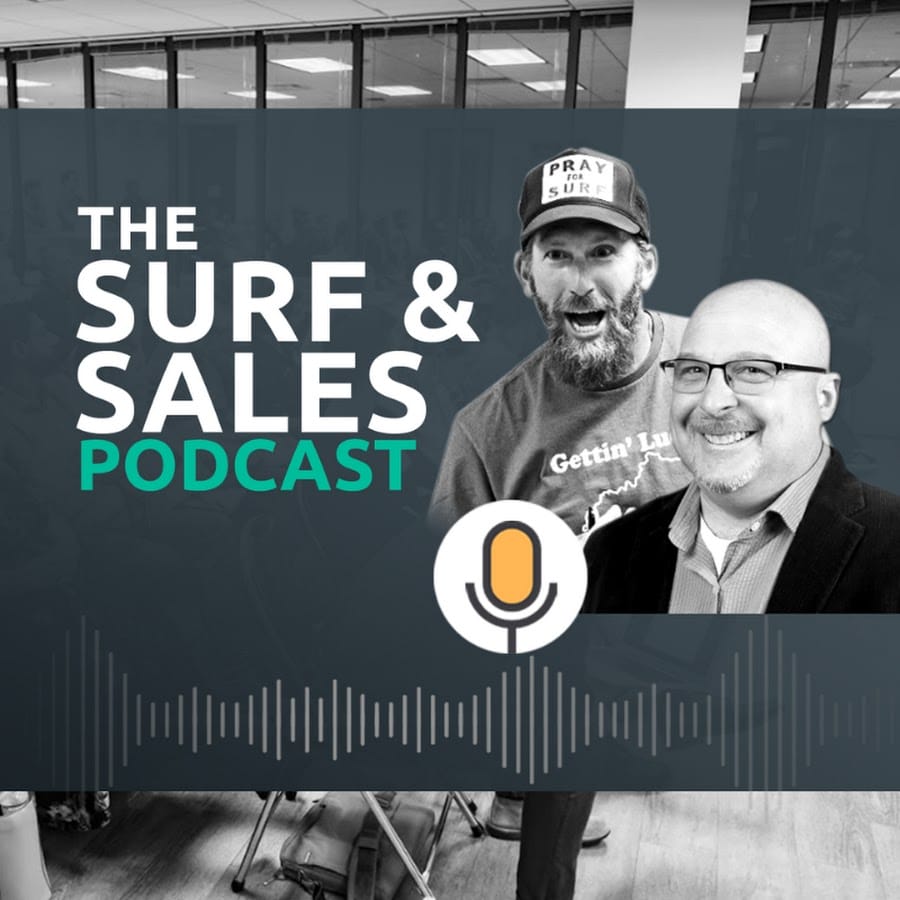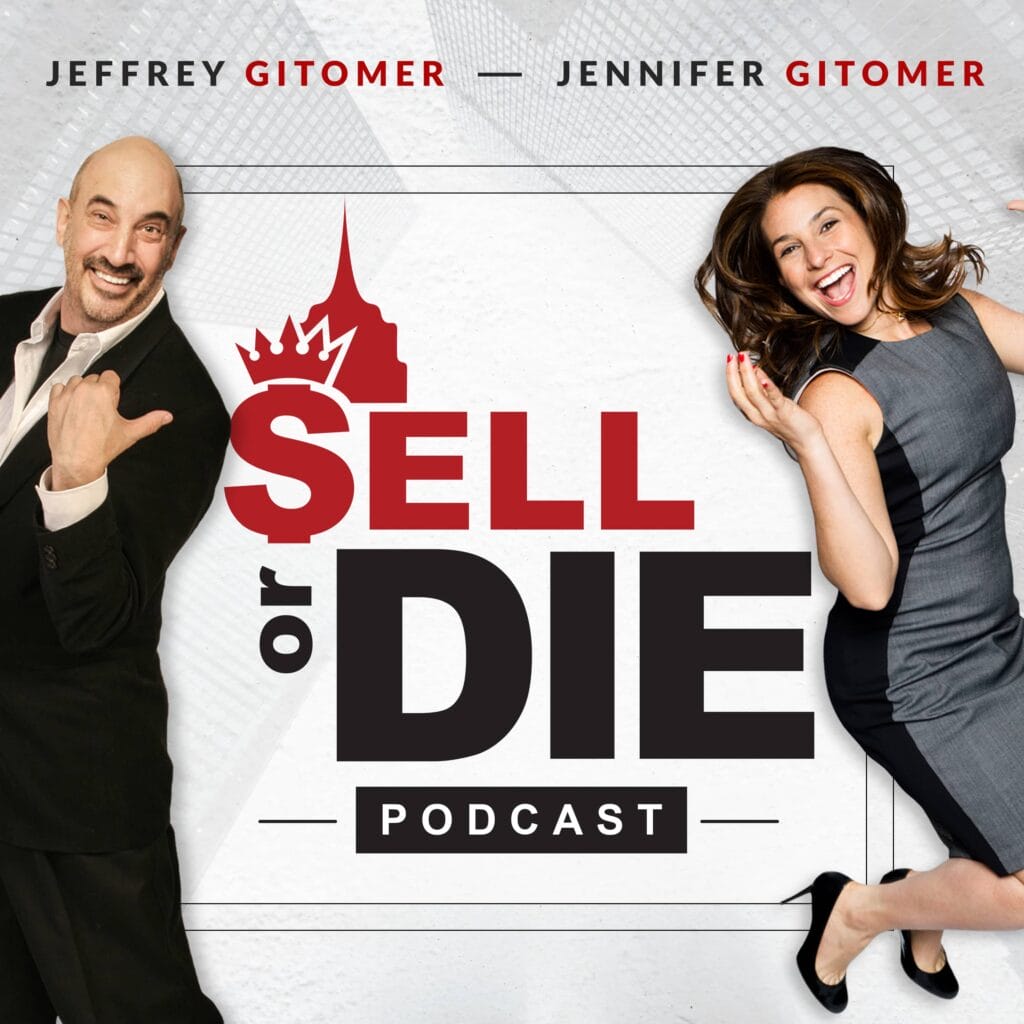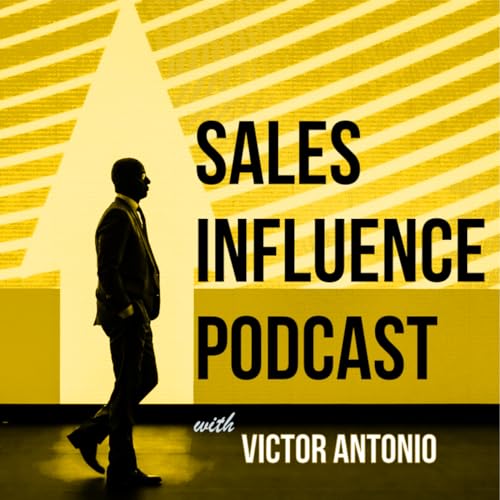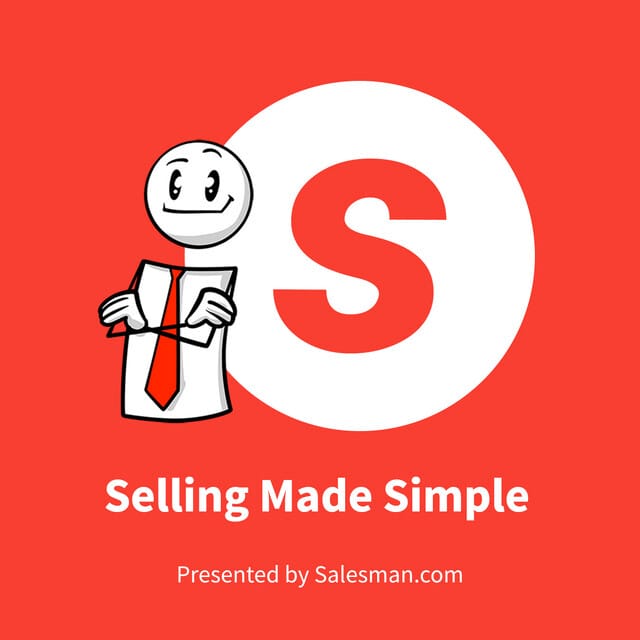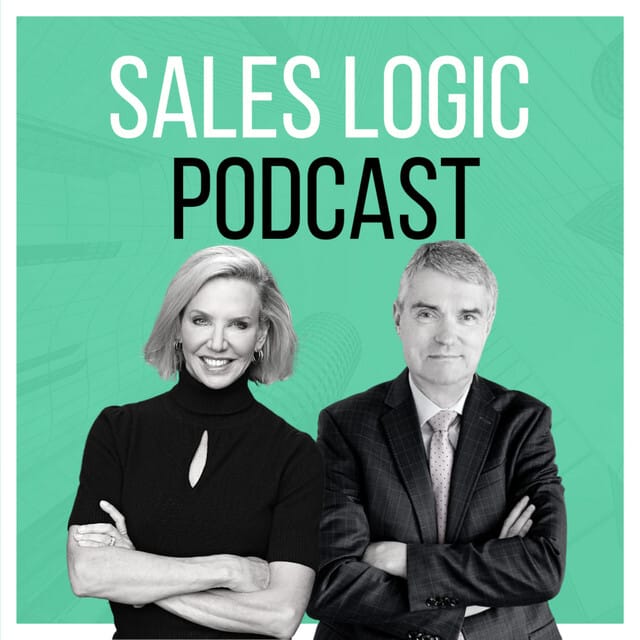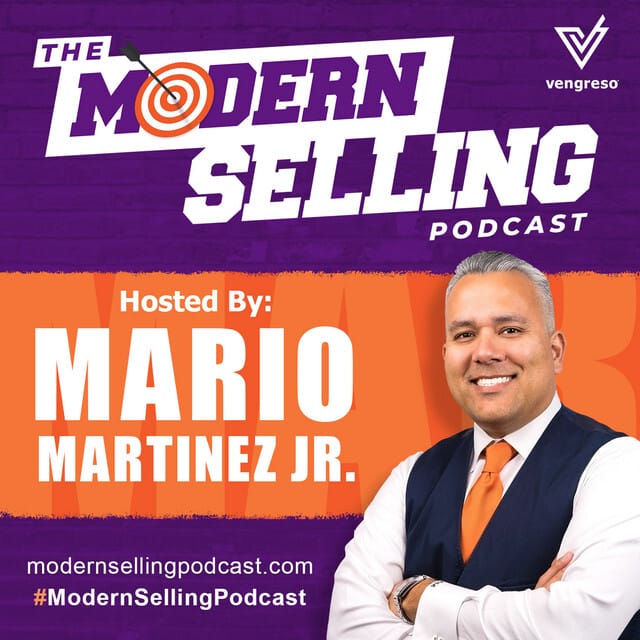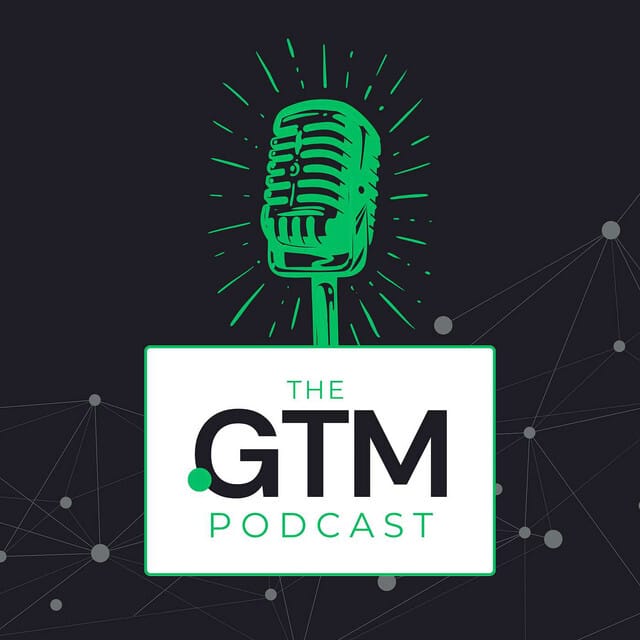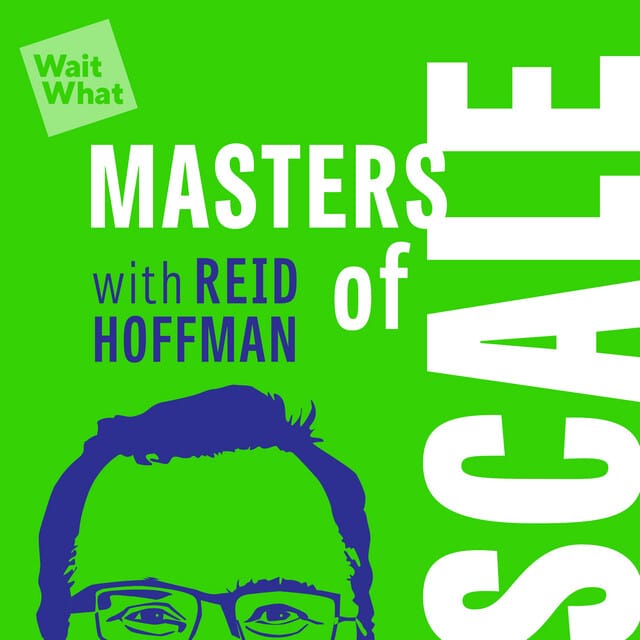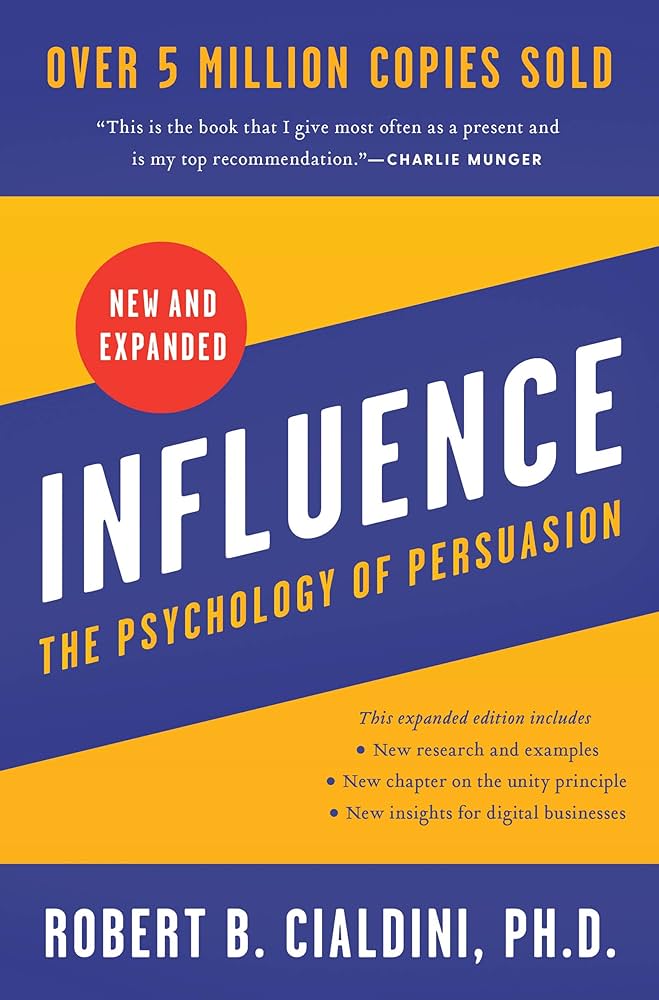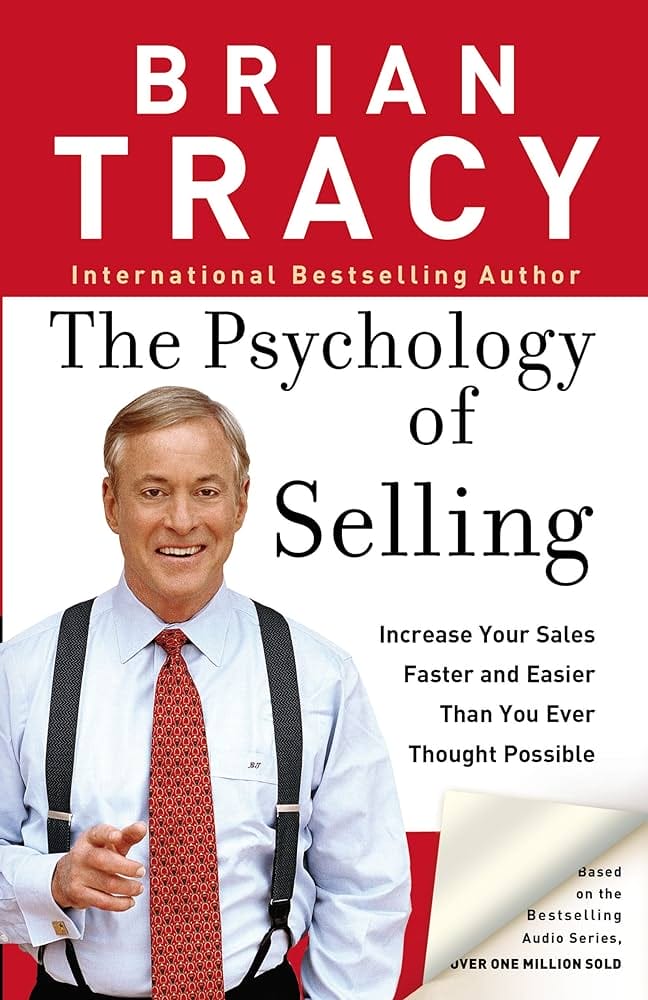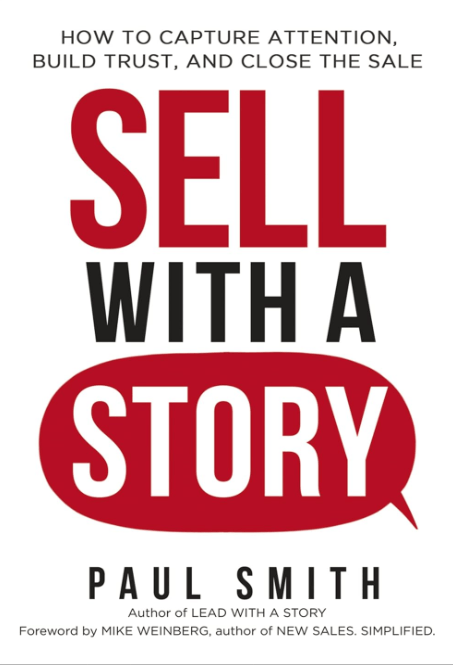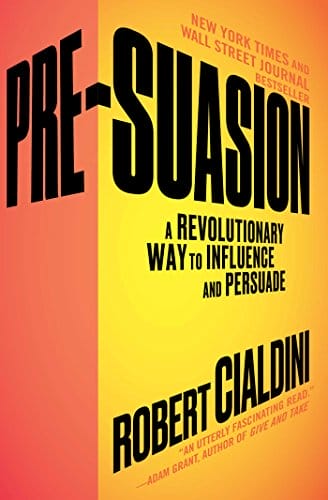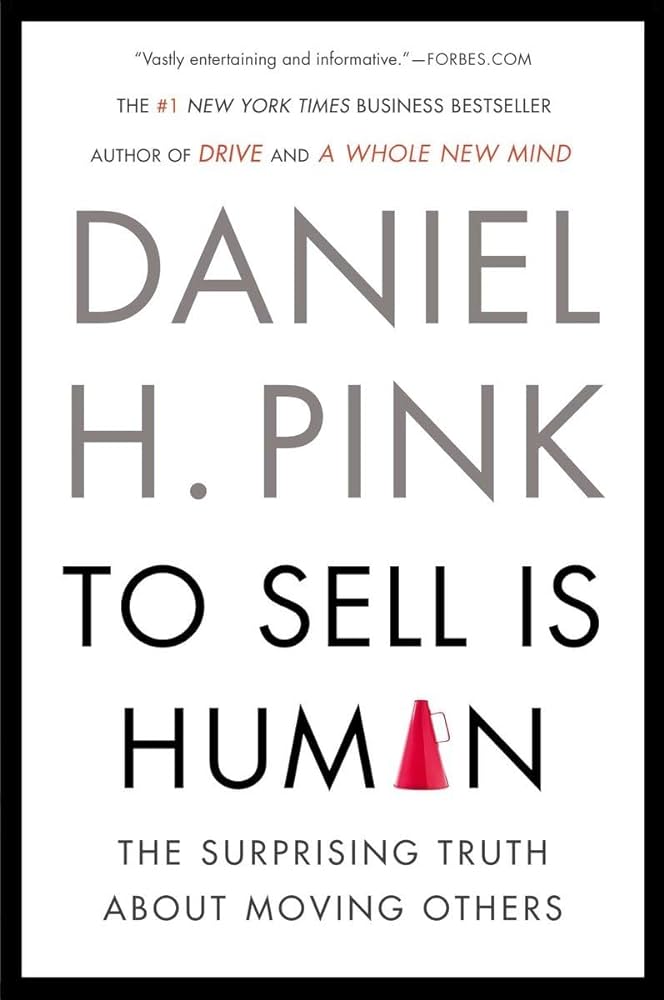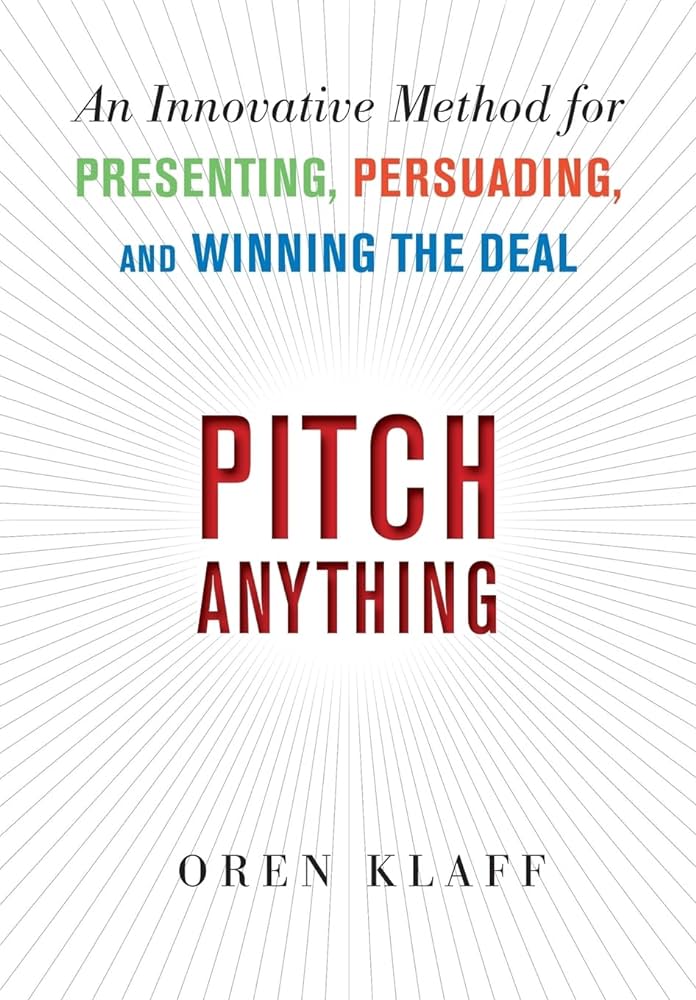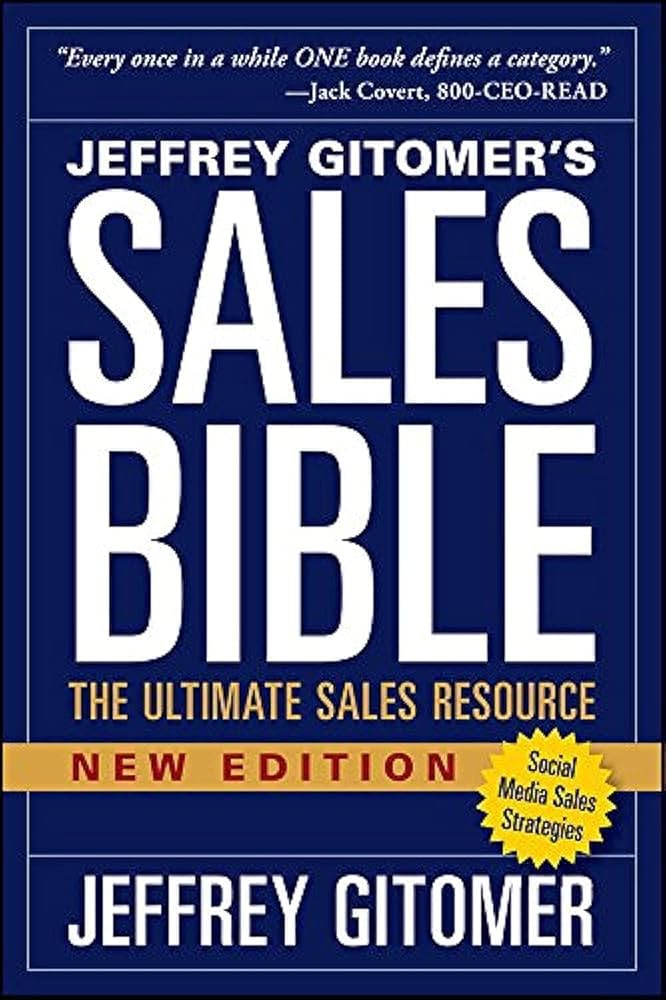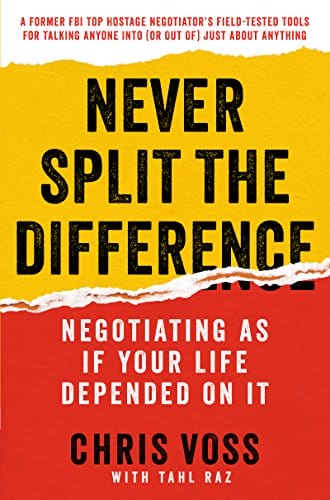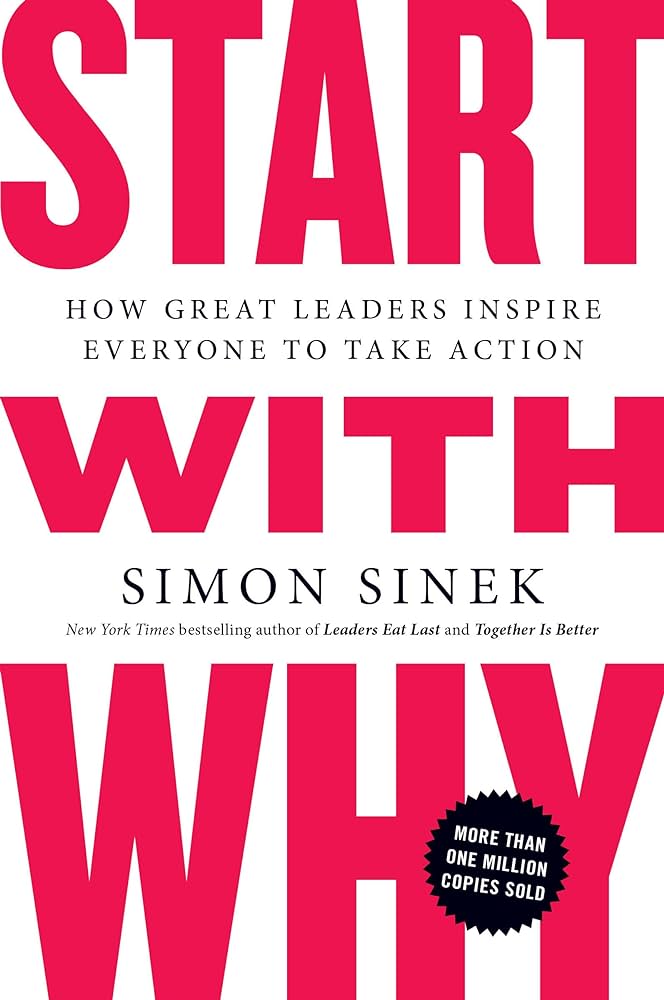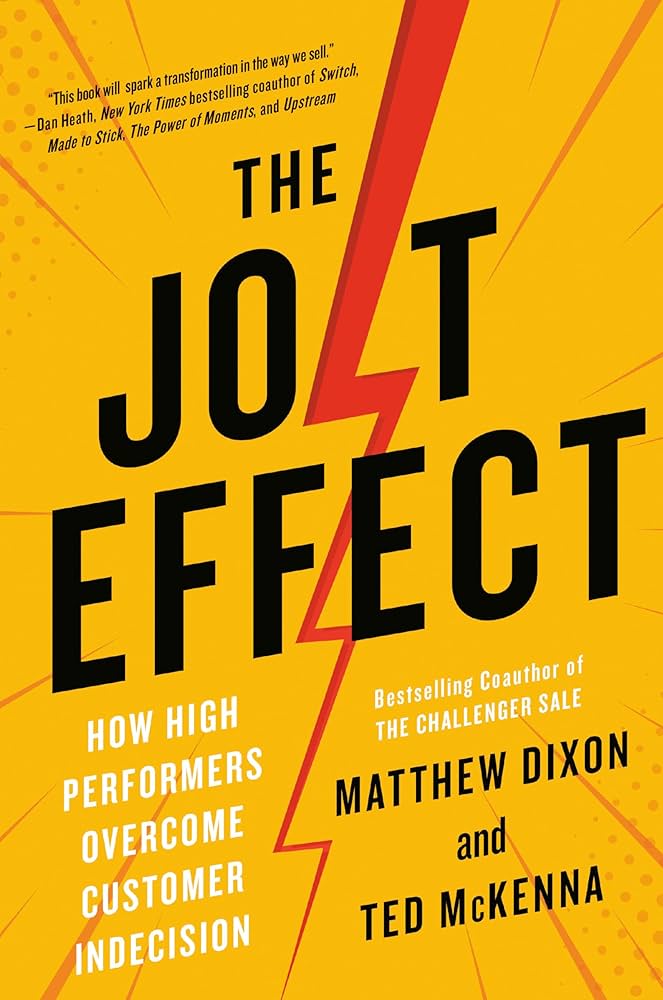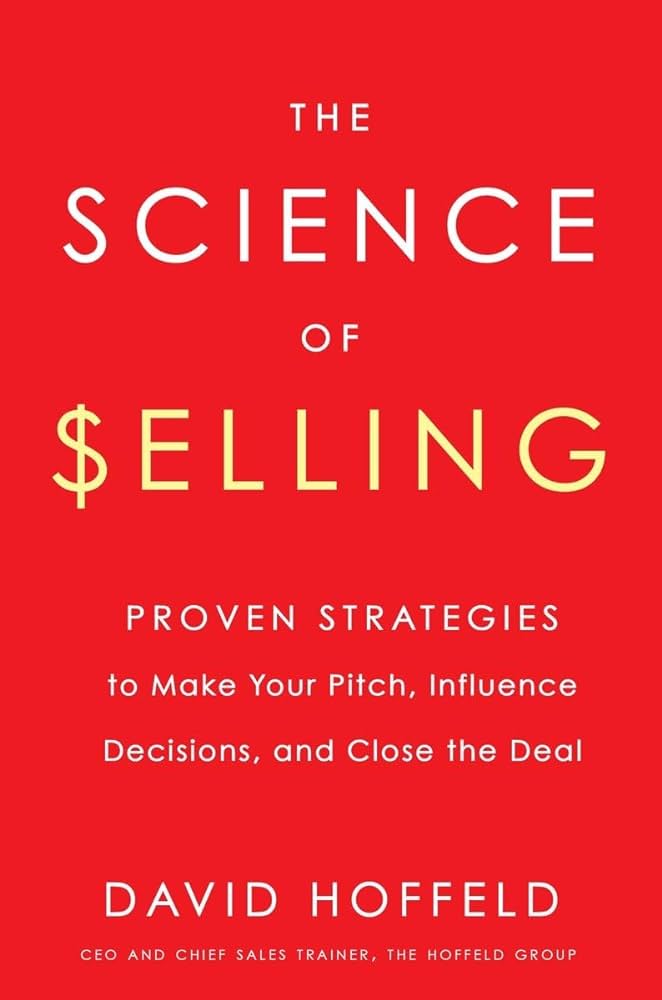Sales professionals operate in a high-pressure environment where success depends on various factors, including skills, mindset, and the ability to adapt. While many salespeople possess numerous key strengths, some weaknesses can hinder their progress. Understanding and addressing these weaknesses is essential for improving sales strategy, closing deals, and achieving long-term sales success. Conducting a SWOT analysis (strengths, weaknesses, opportunities, and threats) can help sales professionals identify areas for growth and enhance their overall effectiveness.
In this article, we explore the common weaknesses of a salesperson and how they affect performance, market share, and sales growth.
If your sales team is facing these challenges, contact Peak Sales Recruiting to find the right candidates and elevate your results today.
1. Poor Time Management
Time management is one of the most essential skills for any salesperson, yet many struggle to manage their time effectively. Sales professionals often juggle multiple leads, meetings, and follow-ups, and they can become easily overwhelmed without strong organizational skills. This weakness can lead to missed opportunities and affect their ability to meet sales targets.
2. Inconsistent Follow-Up
One of the most significant sales weaknesses is the failure to follow up consistently with potential customers. Whether it’s a major purchase or a simple inquiry, failing to maintain communication can cause potential buyers to lose interest or choose a competitor. A follow-up is necessary to help close deals, build relationships, and grow the customer base.
3. Failure to Listen
Salespeople who fail to listen to their clients’ needs may miss important details, resulting in lost sales. Listening skills are a fundamental part of the selling process, allowing salespeople to identify customer pain points and tailor solutions accordingly. Understanding customer concerns is essential to making the sale, especially when dealing with tough customers or those considering a major purchase.
4. Lack of Product Knowledge
A salesperson’s success hinges on their ability to convey the benefits of a product or service. A lack of product knowledge is a critical weakness that can damage credibility and lower the chance of closing a deal. Extensive research into the product and its advantages gives salespeople a great advantage in answering customer questions and building trust.
5. Resistance to Feedback
Salespeople who resist feedback from sales managers, team members, or customers may find it challenging to improve their performance. Embracing constructive criticism is essential for growth, whether improving closing techniques or adjusting the sales strategy to suit different market needs. Regular feedback helps salespeople fine-tune their approach and develop a more effective sales force.
6. Fear of Rejection
A common weakness of many sales professionals is the fear of rejection. This fear, often driven by self-limiting beliefs, can prevent them from pursuing leads aggressively or asking the second question that might close the deal. Overcoming this fear is critical to building confidence and achieving consistent sales success.
7. Over-Promising
In the rush to close deals, salespeople may over-promise what their product or service can deliver. While this may yield short-term results, it often leads to customer dissatisfaction, reduced customer base, and a negative impact on long-term sales success. Sales professionals must balance ambition with realistic expectations to build lasting relationships and grow their market share.
8. Inflexibility
Salespeople who are inflexible in their approach often need help to adapt to changing customer demands or market conditions. In today’s competitive landscape, sales professionals must be agile, tailoring their strategies to meet each client’s specific needs. Flexibility is especially crucial in industries where market trends shift rapidly, requiring salespeople to adjust their strategies to maintain their competitive edge.
9. Lack of Persistence
Persistence is one of the key strengths that differentiates top-performing salespeople from the rest. Those who lack persistence may give up too easily when faced with objections or difficult prospects. Successful salespeople understand that persistence, especially when dealing with complex or high-value sales, is essential for turning a prospect into a loyal customer. Sales training emphasizes staying persistent even when the initial response is negative.
10. Emotional Detachment
In sales, building strong relationships with clients is essential for long-term success. Salespeople who are emotionally detached may struggle to connect with their clients personally, which can hinder their ability to build trust and loyalty. Empathy and emotional intelligence are crucial for understanding the customer’s motivations and concerns, especially when navigating the non-supportive buy cycle, where clients may be hesitant to make a decision.
11. Inadequate Goal Setting
Salespeople may lack the direction they need to achieve success without clear and actionable goals. Setting specific, measurable, and attainable goals is crucial for tracking progress and staying motivated. Sales professionals who fail to set goals often struggle with their career path, lacking the focus required to meet their sales targets and contribute to the overall growth of their organization. Sales managers and directors frequently highlight the importance of aligning personal goals with broader company objectives.
12. Being Too Aggressive
While assertiveness is essential in sales, being too aggressive can have the opposite effect. Salespeople who push too hard risk alienating customers, especially when a major purchase is involved. To avoid over-aggression, patience and understanding of the customer’s decision-making process are needed. Sales professionals must balance persistence and patience to maintain positive relationships and achieve long-term success.
The Bottom Line
Understanding and addressing the weaknesses of a salesperson is essential for both individual and team success. Conducting a personal SWOT analysis helps sales professionals identify areas for improvement, turning weaknesses into strengths.
By improving organizational skills, overcoming self-limiting beliefs, and mastering essential sales skills, salespeople can increase their confidence, close more deals, and drive sales growth. Ultimately, success in sales comes from continuous learning, persistence, and a commitment to refining one’s approach, leading to a more effective and successful sales force that can contribute to the profitability and growth of the company.
Check out The Peak Blog for more sales articles, tips, and tricks.





